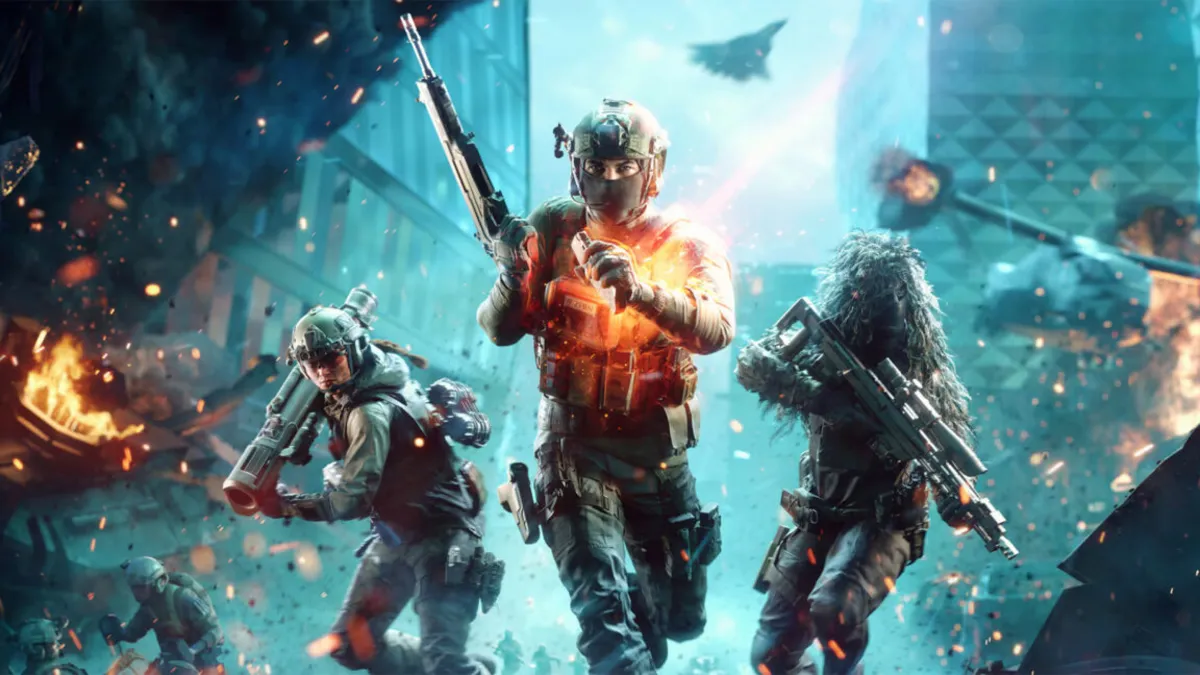
As we reflect on the past 23 years since the release of the first Battlefield game, it's evident that the video game industry has undergone dramatic transformations. For many of the franchise's loyal fans, the current landscape of AAA games has become a source of frustration. Today, Electronic Arts (EA) is deeply engaged in the development of the next Battlefield title, yet insiders reveal a project fraught with challenges, from cultural clashes to escalating budgets. Reports suggest that many team members are concerned that the game may not meet players' expectations when it launches during EA's fiscal year.
Recent disclosures from sources close to the project indicate that EA has implemented significant structural and cultural changes to enhance the development process of Battlefield games. These changes aim to produce titles that can compete with industry giants such as Call of Duty and Fortnite, despite the fact that no previous Battlefield title has achieved comparable levels of success.
Interviews with current and former EA employees reveal a climate of stress, with many developers experiencing burnout. Several employees reported taking leaves of absence due to exhaustion, highlighting a troubling trend within the AAA gaming sector.
To fully grasp the current state of the next Battlefield title, codenamed Glacier, we must delve back into the franchise's history. In the early 2010s, titles like Battlefield 3 and Battlefield 4 broadened the franchise's audience and directly competed with Call of Duty. However, the release of Battlefield V in 2018 was met with mixed reviews, causing EA to lose players' interest amid an evolving industry.
With the rise of new online shooters like Overwatch and Fortnite, EA's attempts to introduce a Battle Royale mode in Battlefield V fell short. Following this, the development of Battlefield 2042 aimed to recapture the franchise's former glory, but the game ultimately launched to disappointing reviews.
The struggles of Battlefield 2042 prompted a thorough postmortem analysis, revealing that execution errors rather than vision were to blame for its failures. In response, EA brought in industry veterans to lead the development of Glacier. Key figures included Byron Beede, Marcus Lehto, and Vince Zampella, each bringing a wealth of experience from successful franchises.
With lofty ambitions, EA set an unprecedented target of reaching 100 million players for Glacier, a figure that the franchise has never approached before. This goal reflects the success of competitors like Fortnite and Call of Duty, which have effectively utilized free-to-play models to attract massive player bases. To meet this target, Glacier is expected to offer a free-to-play Battle Royale mode, a six-hour single-player campaign, traditional multiplayer modes, and a new community content mode.
Glacier is set to be the most expensive Battlefield title ever, with a budget that initially targeted over $400 million. However, production disruptions in 2023 have caused this figure to rise significantly, as additional developers were brought on board to rectify issues. Many team members express skepticism regarding the feasibility of the ambitious player target, citing a lack of confidence in market research and the project's overall direction.
While Glacier aims to provide a robust single-player experience, the development of this mode has faced significant delays. Following the closure of Ridgeline Games, which was responsible for the single-player campaign, ownership shifted to other EA studios, forcing them to start from scratch. This situation has left developers concerned about meeting timelines and adequately delivering on player expectations.
As the development process unfolds, cultural tensions between the US-based leadership and the original European studios have emerged. With a shift in power dynamics, many at DICE feel a loss of autonomy and an increased pressure to meet financial goals. This shift has led to a challenging environment for developers, who are navigating the complexities of a multi-studio collaboration.
The toll of these challenges is evident, with many employees reporting high levels of stress and burnout. Reports of mental health leaves have surfaced, as developers struggle to balance demanding workloads across different time zones. This ongoing issue highlights the need for sustainable practices within the gaming industry.
As the gaming landscape evolves, industry leaders acknowledge the pressing need for change. Calls for a more sustainable approach to development, including the importance of mental health resources and a focus on quality over quantity, are gaining traction. Developers aspire to create games that resonate with players while ensuring a healthier work environment.
In conclusion, the journey to the next Battlefield game encapsulates the challenges and opportunities facing the AAA gaming industry today. As the team behind Glacier strives to deliver a game that meets player expectations, they must also address the underlying issues that impact both their well-being and the quality of the product. The future of Battlefield remains uncertain, but the lessons learned from this development process could pave the way for a brighter future in gaming.